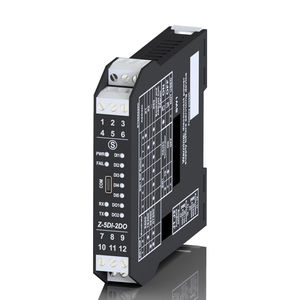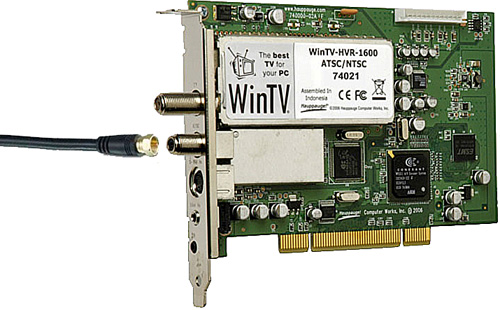Symptoms
View Dell networking products and shop all of our network hardware and devices. Our high-performance networking for large and small businesses. Edge to Core to Cloud. Notably, USB products use Microsoft WinUSB.dll in this version, instead of CyUSB.dll (in the 9.x drivers), or CyUSB3.dll (in the 10.x, current, driver package) 9.63 Driver Package. This is the most recent driver using CyUSB to interface to USB devices (the current '10.x' drivers use CyUSB3 instead). Driver information is subject to change. Check with ACCES for updated driver information. CONNECTIONS TO SYSTEM The USB adapter is equipped with a USB cable and a USB type A connector for connection to a computer USB port and a male DB-9 for connection to a RS-232 or RS-422/485 equipped data or communication terminal.
Device Manager displays only non-Plug and Play devices, drivers, and printers when you click Show hidden devices on the View menu. Devices that you install that are not connected to the computer (such as a Universal Serial Bus [USB] device or 'ghosted' devices) are not displayed in Device Manager, even when you click Show hidden devices.
Workaround
To work around this behavior and display disconnected devices when you click Show hidden devices:
For Windows 8 and later, skip to step 3.
For Windows 7 and earlier, start with step 1:
Click Start, point to All Programs, point to
Accessories, and then click Command Prompt.At a command prompt, type the following command , and then press ENTER:
set devmgr_show_nonpresent_devices=1
For Windows 8 and later: From Start, search for device manager, and select Device Manager from the search results.
For Windows 7 and earlier: Type the following command a command prompt, and then press ENTER:
start devmgmt.mscTroubleshoot the devices and drivers in Device Manager.
Note Click Show hidden devices on the View menu in Device Manager before you can see devices that are not connected to the computer.When you finish troubleshooting, close Device Manager.
Type exit at the command prompt.
Note For Windows 7 and earlier, when you close the command prompt window, Window clears the devmgr_show_nonpresent_devices=1 variable that you set in step 2 and prevents ghosted devices from being displayed when you click Show hidden devices.


If you are a developer or power user and you want to be able to view devices that are not connected to your computer, set this environment variable globally:
Drivers Access I/o Products Port Devices Online

Right-click My Computer.
Click Properties.
Click the Advanced tab.
Click the Environment Variables tab.
Set the variables in the System Variables box.

Drivers Access I/o Products Port Devices Free
Note Use this method only for troubleshooting or development purposes, or to prevent users from accidentally uninstalling a required device that is not connected to the computer (such as a USB device or docking station that is not connected to a laptop computer).
More Information
Drivers Access I/o Products Port Devices Download
In Device Manager, there are two types of hidden devices in addition to the devices that are displayed:

Drivers Access I/o Products Port Devices List
Typical, hidden devices that are not displayed (non-Plug and Play drivers, printers, and so on)
-and-Phantom devices that are not connected to the computer